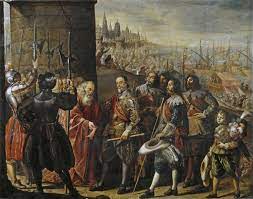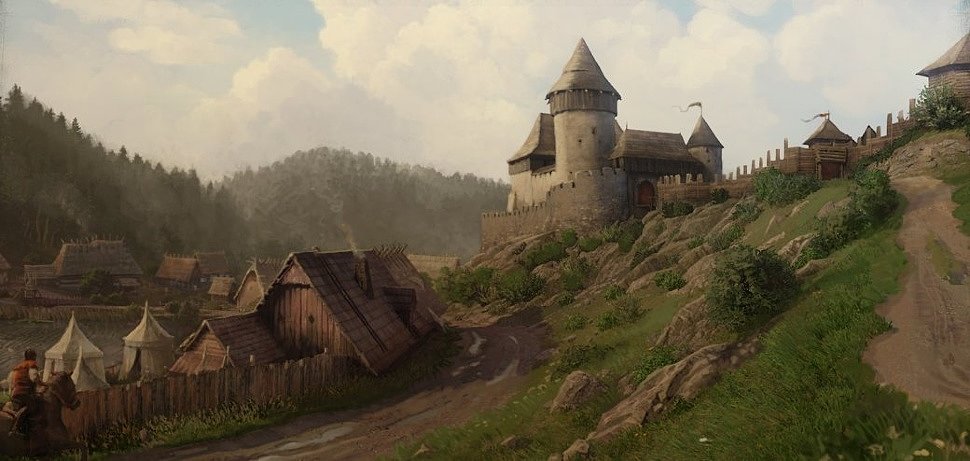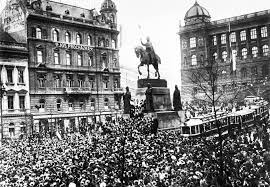

In the early medieval period, the Czech lands were part of the Great Moravian Empire. The Bohemian state emerged under the Přemyslid dynasty. Charles IV, a notable ruler, transformed Prague into a cultural center and founded Charles University in 1348. The Hussite movement, led by Jan Hus, challenged the Catholic Church.

During the 16th century, the Czech lands came under Habsburg rule, leading to religious tensions. The Thirty Years' War (1618–1648) and the Battle of White Mountain marked a turning point, resulting in strict Habsburg rule and the suppression of Protestantism.

Czechoslovakia emerged as an independent state in 1918 after World War I. The Munich Agreement of 1938 ceded parts of Czechoslovakia to Hitler. After World War II, Czechoslovakia was restored, but a 1948 coup led to communist rule. The country split peacefully in 1993, with the Velvet Revolution in 1989 marking the end of communism.

The Velvet Revolution in 1989 led to the overthrow of the communist regime. Czechoslovakia split in 1993, and the Czech Republic joined NATO in 1999 and the EU in 2004. The post-communist era has seen economic growth and political stability, making the Czech Republic an integral part of the European landscape.